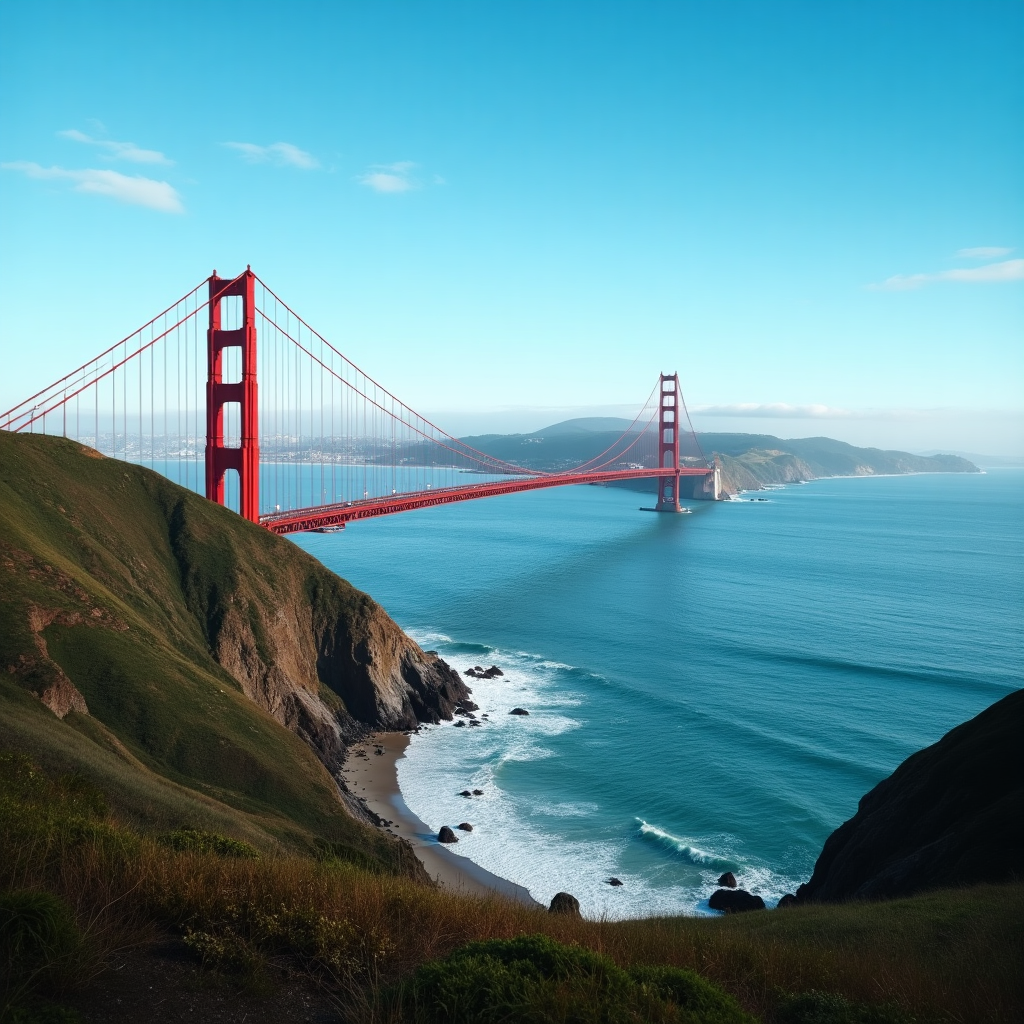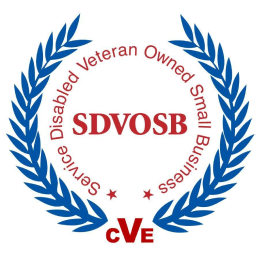Understanding California’s Environmental Regulations: What Employers Need to Know
Protecting your business, your workers, and the environment — one regulation at a time.
📍 Why It Matters
California is known for having some of the most comprehensive environmental regulations in the U.S. — and for good reason. With frequent wildfires, air quality issues, and water shortages, the Golden State takes environmental protection seriously. But for employers, that can mean navigating a complex web of rules covering everything from hazardous waste to indoor air quality.
Failing to comply isn’t just a legal risk — it can also harm employees, the surrounding community, and your company’s reputation.
⚖️ Who Regulates What?
Let’s start by untangling the regulatory landscape. Several agencies oversee environmental health and workplace safety in California:
|
Agency |
Focus |
|
CalEPA |
Environmental protection, hazardous waste, air and water quality |
|
Cal/OSHA |
Workplace safety, including environmental exposure risks |
|
SWRCB (State Water Resources Control Board) |
Stormwater runoff, wastewater discharge |
|
DTSC (Dept. of Toxic Substances Control) |
Hazardous waste generation and transport |
|
CARB (Air Resources Board) |
Emissions, indoor and outdoor air quality |
|
Local County EH Depts. |
Food safety, hazardous materials inventory, site inspections |
🧪 5 Key Environmental Health Areas Employers Must Address
1. Hazardous Materials Handling
-
Employers who generate, store, or dispose of chemicals must follow strict protocols.
-
You may be required to submit a Hazardous Materials Business Plan (HMBP) to your local CUPA (Certified Unified Program Agency).
-
Fines can be steep for failure to label, store, or transport materials properly.
2. Stormwater & Wastewater Management
-
Construction, industrial, and food service businesses must prevent runoff into public drains.
-
Permits under the NPDES (National Pollutant Discharge Elimination System) are required for many industries.
-
Employees must be trained on spill prevention and cleanup.
3. Air Quality & Emissions
-
Indoor air quality is regulated by Cal/OSHA, while CARB handles emissions from vehicles, equipment, and industrial processes.
-
Employers should monitor for carbon monoxide, dust, mold, and volatile organic compounds (VOCs).
-
Ventilation systems and proper PPE are often required.
4. Solid & Electronic Waste
-
Improper disposal of e-waste, batteries, and medical waste can lead to environmental contamination.
-
California bans many items from landfills. Partner with certified waste haulers and recyclers.
5. Employee Exposure Risks
-
Workers exposed to noise, fumes, chemicals, or particulate matter are protected under Cal/OSHA.
-
Employers must conduct exposure assessments, provide training, and offer medical surveillance if thresholds are exceeded.
✅ What You Can Do Now
-
Conduct an Environmental Compliance Audit
Identify risk areas in waste management, chemical storage, stormwater controls, and training. -
Review Your Permits & Registrations
Make sure you're up to date with HMBPs, stormwater permits, and hazardous waste IDs. -
Train Your Team
Employees should know how to store chemicals, report spills, and use PPE. DSG offers customizable training programs to help with this. -
Document Everything
Keep training logs, waste manifests, air quality reports, and inspection checklists on file. -
Partner with Experts
If you’re not sure where to start, consider a third-party audit or consultation with DSG’s environmental health team.
🌱 A Safer Workplace Starts with a Cleaner Planet
California’s environmental laws may be complex, but they’re also designed to protect the most valuable parts of your business: your people and your community. Compliance doesn’t just reduce risk — it builds trust, attracts talent, and keeps your operations sustainable.





